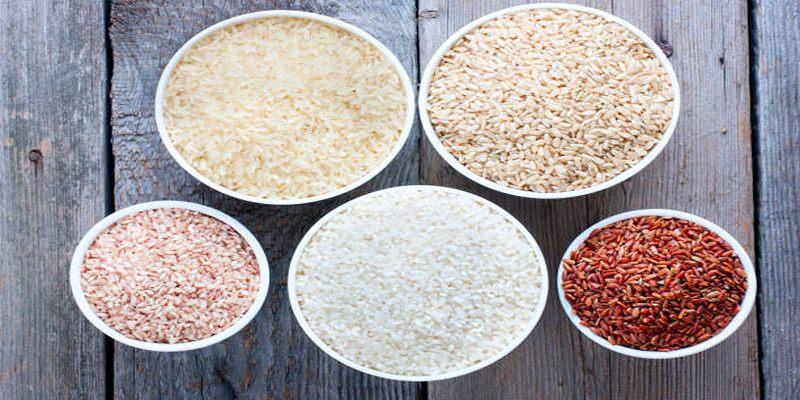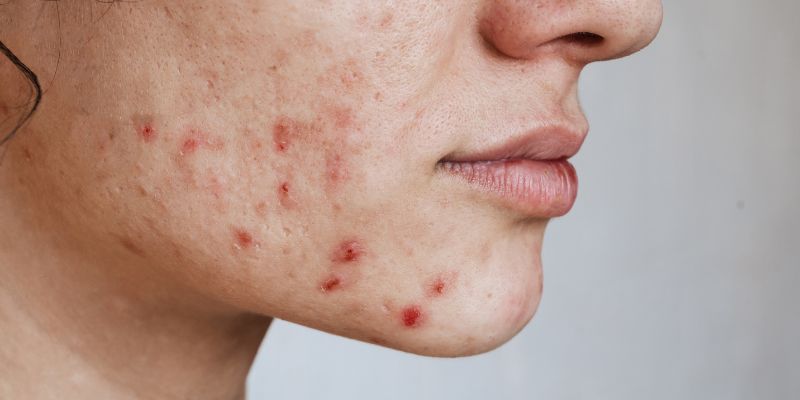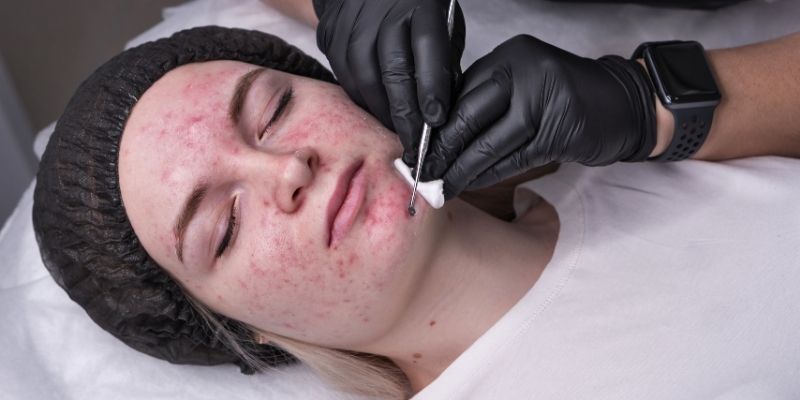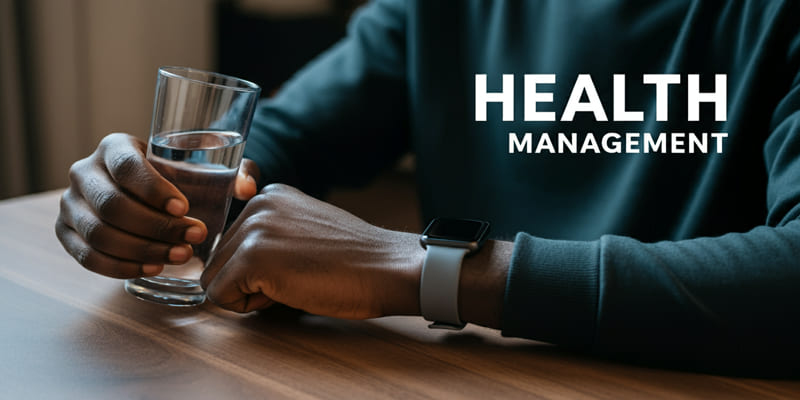Advertisement
Cholesterol is one of the most prevalent health threats around the globe and proper regulation of it is a major determinant of heart health. Red yeast rice, a traditional Chinese medicinal food, has recently been identified to hold potential in this management. This fermented rice is grown using a particular yeast known as Monascus purpureus and comprise naturally occurring chemicals called monacolins that reduce cholesterol concentration. Of these compounds, monacolin K is well-known to closely mimic the chemical structure of a component found in some prescription drugs for cholesterol reduction. In addition to its lipid-lowering action, red yeast rice may have other positive effects including increased circulation and decreased oxidative stress. The use of red yeast rice as a natural supplement in the diet necessitates time and effort as well as advice from health professionals.
Red yeast rice is produced from the fermentation of white rice with a particular yeast Monascus purpureus. Apart from lending the rice its red colour, this fermentation process creates a variety of active compounds; monacolins being one of them. The major pharmacologically active compound, monacolin K, is closely related to the substance present in control-cholesterol drugs. Because of this resemblance, significant attempts have been made to assess the role of red yeast rice in the regulation of cholesterol levels.
Red yeast rice primarily lowers cholesterol by inhibiting the bodys ability to produce it. Monacolin K accomplishes this by blocking an enzyme called HMG-CoA reductase, which is crucial in cholesterol synthesis within the liver. By inhibiting this enzyme, red yeast rice may help reduce levels of low-density lipoprotein (LDL)often referred to as "bad" cholesterolin the bloodstream. Maintaining lower LDL levels is vital, as high LDL cholesterol can contribute to plaque buildup in the arteries, subsequently increasing the risk of heart disease and other cardiovascular issues.

Red yeast rice provides a natural alternative for those hesitant about conventional medications. For individuals with mildly elevated cholesterol levels, it offers a gentler approach compared to prescription options. Research indicates that the monacolin K content can significantly reduce LDL cholesterol levels.
Managing cholesterol is crucial for maintaining cardiovascular health, and red yeast rice may contribute positively in this regard. By lowering LDL cholesterol and potentially overall cholesterol levels, red yeast rice can help diminish plaque buildup in the arteries, thereby reducing the risk of developing heart-related conditions over time.
Beyond monacolins, red yeast rice is rich in additional compounds that may promote health, such as unsaturated fatty acids, phytosterols, and isoflavones. These components work together to enhance heart health, providing further protection for the cardiovascular system.
Chronic inflammation is a known contributor to heart disease. Some studies suggest that red yeast rice may exhibit anti-inflammatory properties, which could offer additional benefits for heart health by reducing inflammation in blood vessels. While research is ongoing, this potential attribute adds to the appeal of red yeast rice for supporting overall cardiovascular well-being.
Red yeast rice is commonly available in capsule or tablet form as a dietary supplement. The standard recommended dose varies but often falls between 600 to 1200 milligrams per day. Its typically taken twice daily with meals to maximize absorption and reduce the risk of gastrointestinal side effects. Always consult a healthcare provider to determine the appropriate dosage based on individual needs.

While red yeast rice is available over-the-counter, its essential to consult a healthcare provider before beginning supplementation, especially for individuals with pre-existing health conditions or those taking medications. This is because red yeast rice can interact with certain drugs, particularly those used to manage cholesterol, blood pressure, and liver health.
Although red yeast rice is generally well-tolerated, some individuals may experience side effects. Common side effects include digestive discomfort, headache, and mild muscle pain. Its important to monitor for any adverse reactions and discontinue use if symptoms become bothersome or severe.
Not all red yeast rice supplements are created equal. Some may contain varying levels of monacolin K or additional additives. To ensure safety and efficacy, look for products that have been third-party tested for quality and purity. Reputable brands often offer certificates of analysis, which verify the content and purity of the supplement.
Since red yeast rice functions similarly to certain medications that affect liver enzymes, prolonged use may pose a risk to liver health. Periodic liver function tests may be recommended for those who choose to use red yeast rice as a long-term cholesterol management solution. Avoid using red yeast rice if there is a history of liver issues, and consult a healthcare provider for guidance.
While red yeast rice can play a role in managing cholesterol, it is not a substitute for a heart-healthy lifestyle. Combining supplementation with balanced nutrition, regular physical activity, and healthy habits is key to optimizing cardiovascular health. Consuming a diet rich in fiber, lean proteins, healthy fats, and antioxidant-rich vegetables complements the benefits of red yeast rice.
For those seeking additional or alternative natural methods to manage cholesterol, other options may complement or serve as an alternative to red yeast rice:
Red yeast rice presents an intriguing option for individuals seeking to manage cholesterol naturally. This fermented product is made by culturing rice with a specific type of yeast, known as Monascus purpureus, which contains active compounds that mirror the effects of certain cholesterol-lowering medications, such as statins. As such, it offers potential benefits for heart health and cholesterol management by helping to reduce levels of LDL (bad cholesterol) while potentially increasing HDL (good cholesterol). Like any supplement, it is vital to use red yeast rice with caution and under proper guidance from a healthcare professional. Users should be aware of potential risks, such as possible side effects that can occur with excessive consumption or interactions with other medications.
Advertisement

By Mason Garvey/Oct 14, 2024

By Martina Wlison/Nov 15, 2024

By Kristina Cappetta/Dec 02, 2024

By Sid Leonard/Oct 20, 2024

By Sean William/Jan 07, 2025

By Gabrielle Bennett /Jan 09, 2025

By Jennifer Redmond/Jan 09, 2025

By Nancy Miller/Oct 28, 2024

By Celia Shatzman/Jan 08, 2025

By Vicky Louisa/Jan 19, 2025

By Celia Shatzman/Jan 01, 2024

By Juliana Daniel/Jan 07, 2025